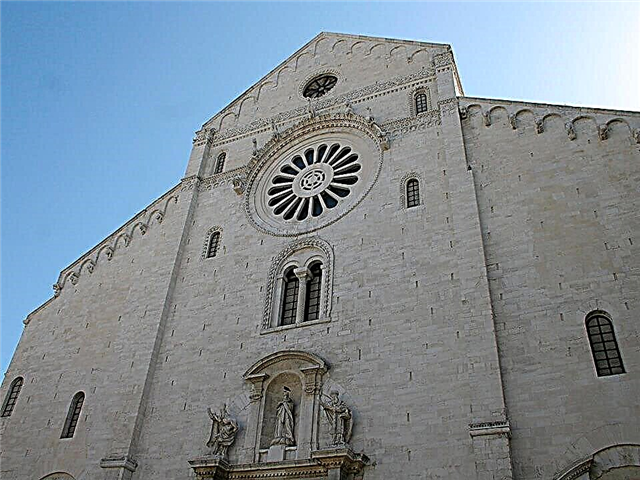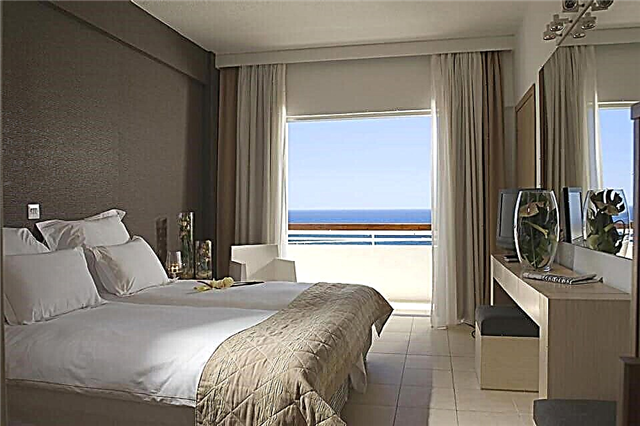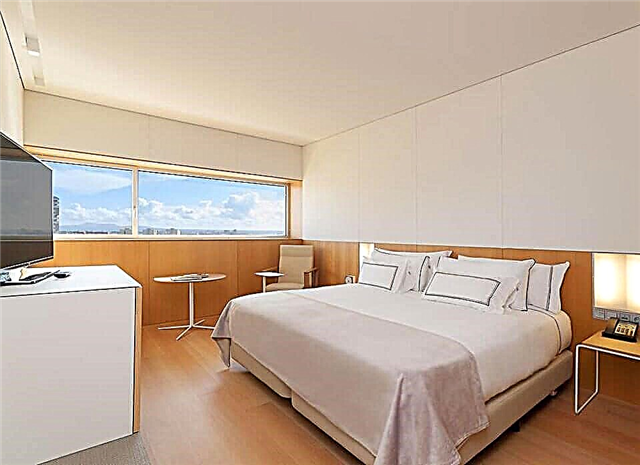Kaluga is often referred to as "merchant". This is not surprising, because the history of the city and its architecture was largely determined by trade. Thanks to eminent merchants, the most famous temples, streets and mansions appeared in Kaluga. The oldest residential building in the city is considered to be the stone chambers of the Korobov merchants. A unique monument of civil architecture has been decorating the historical part of Kaluga for over 300 years and today it is a museum.
History of stone chambers
In the 17th century, almost all buildings in Kaluga and Kaluga province were wooden. Only very wealthy citizens could afford stone buildings. One of the richest residents of Kaluga, Kirill Ivanovich Korobov, made his fortune thanks to successful trade.

General view of the Chambers of the merchants Korobovs
An enterprising merchant and zemstvo headman sold salt from the Stroganovs' salt mines, bread and hemp in the cities of the Russian Empire. Trade flourished, and the Kaluga resident managed to save enough money for a stone house for his family.
During the life of Korobov, a spacious two-story mansion was built, the first floor of which was made of stone, and the second - of wood. The residential building stood at the back of the estate. Closer to the carriageway there was a barn where salt was stored. Behind the chambers there were outbuildings - a grain cage and a sennik.

The lower, unheated part of the main building was intended for household needs and storage of supplies. The entrance to the cellars was from the street, through a door arranged under the main porch. On the lower floor there is a cache where you could go down a stone staircase from one of the rooms upstairs. The rest of the rooms were not connected in any way with the utility basement.
The second, residential floor with bedrooms was heated with wood from the entrance. The largest room served as a dining room in which all members of the merchant family gathered.

In 1691, the merchant died, and according to his will, the dwelling house was received by his heirs. At the end of the 17th century, the upper floor was demolished and a new one was laid out - made of stone.
The merchant's son Ivan Kirillovich Korobov continued family traditions. Like his father, he fulfilled the duties of the zemstvo headman. In 1701, at the expense of IK Korobov, not far from the chambers was built a stone St. George Church "behind the horse". The two-story five-domed cathedral with a high hipped bell tower was not destroyed during the years of the struggle against religion and has survived to this day.

One of the descendants of the founder of the house, Pyotr Korobov, was also engaged in entrepreneurship. In the second half of the 18th century, he owned the first sugar production in the province. In addition, a Kaluga merchant owned a factory where Zef brand soap was made using technology from Holland. Korobov sold fragrant soap in the capital of the empire - St. Petersburg, and traded sugar on the territory of Ukraine.
The merchant's children and later grandchildren owned the mansion until the middle of the 19th century. When the last of the Korobovs died, the house stood in desolation for many years and was ruined. The value seekers believed that there must be secret passages and hidden treasures in the merchants' chambers, so they severely damaged the mansion. The robbers broke down the walls and lifted up the old wooden floors.

In the 1880s, the empty building was bought by the widow of the Minister of War and a participant in the Napoleonic wars, Nikolai Onufrievich Sukhozanet. Evdokia Vladimirovna Sukhozanet restored the chambers and handed them over to the Nobility Assembly of Kaluga. It was decided to make the house profitable. In order for the premises to be rented out, the new owners dismantled the old stoves and arranged four living rooms on each floor.
In 1891, the merchant's mansion was transferred to the city Scientific Archival Commission, and 6 years later the first historical museum in Kaluga was opened here. This became a real event not only for the intelligentsia of the Kaluga province, but for the whole of Russia.

At the end of the 19th century, museum expositions were small. There were five showcases in the chambers, where archaeological finds, ancient coins and old household items lay. The Kaluga Museum was open only twice a week, so only 500 visitors could see its collections per year. It is curious that the records of the Grand Duke Sergei Alexandrovich Romanov have been preserved in the rare book of the guests of the museum.
In 1922, the museum moved to a different address, and various state and public organizations began to occupy the stone building. Over the years, the history of the Korobov chambers has been forgotten. The old merchant house was overgrown with all sorts of legends, kept many secrets and did not immediately reveal them. In the 1980s, when major repairs were carried out here, builders discovered a treasure of old coins under the floor.

For a long time, the merchant chambers were associated with the name of Marina Mnishek. It was believed that she lived in a Kaluga mansion with her husband False Dmitry I. There was even a memorial plaque “Marina Mnishek's House” on the building. However, later Kaluga local historians proved that the building appeared much later and had nothing to do with the Time of Troubles.
Since 1997, the architectural monument has been transferred to the jurisdiction of the local history museum. Today, museum expositions in the old mansion are especially popular with tourists who travel to the cities of the Golden Ring of Russia. Up to 50 thousand guests visit the merchants' chambers a year.

Architectural features
The stone building was built according to the type of wooden choir of pre-Petrine Russia in the tradition of the magnificent "Naryshkin" baroque. The lower and upper floors are covered with closed vaults, and the mansion itself is covered with a hipped roof.
The chambers are very beautiful and look like a fairytale tower. Dark red and white facades look smart in any weather.
Curved brick with rounded edges was used for the decoration of the building. The walls are decorated with stone ornamental patterns, flies and pediments. The porch is decorated with massive pitcher-shaped pillars, and the small windows are decorated with figured frames, stepped frames and graceful columns of carved white limestone.

On the side façade, on the left, there are three windows per floor. There are no windows on the façade on the right side, so the researchers believe that a separate wooden staircase used to lead upstairs. Initially, there was a picturesque balcony on the rear facade of the building, but no traces of it have remained to this day.
What can be seen in the museum
The main exposition of the museum is devoted to peasant life. On the walls there are portraits of the Romanov dynasty. Old bricks with stamps, locks, carved gingerbread boards, bast shoes, irons, scales, washstands, wooden chests, porcelain and metal dishes are displayed in glass showcases. Most of the items collected in the museum were made at the beginning of the last century, but there are also several exhibits from the 18th-19th centuries.

On the ground floor, in the basement, there is an exposition dedicated to the Russian hut. Tourists can see a stove with a bun, bundles of onions, bunches of dried medicinal herbs, clay pots, wicker baskets, embroidered towels and several tools.
The building also has a small exhibition that tells about the history of the Korobov chambers themselves. The former luxury of a merchant building can be judged by fragments of stove tiles, old photographs and postcards.
Useful information for tourists

The old mansion has the status of an object of cultural heritage of Russia and is protected by the state. From the outside, the chambers look great. They are surrounded by a small green park, stand out noticeably among the same type of Soviet five-story buildings and attract the attention of all passers-by.
Tourists who come to Kaluga try to visit the inside of the building. The doors of the museum are open to visitors from Tuesday to Sunday from 9:30 to 18:00. The entrance costs 150 rubles.
Museum workers are very enthusiastic people. They conduct interesting excursions for guests.The museum organizes exhibitions of artists, holidays, master classes and classes for children about folk tales, a peasant hut, Russian porridge and Easter traditions in Russia. There are no audio tours. It is enough to set aside one hour to view all the expositions of the Kaluga Museum.

How to get there
The mansion is located in the historical center of the city, at 88 Plekhanova Street. Trolleybuses No. 1, 2, 3 and route taxis No. 2, 3 and 92 go to the merchants' chambers. You need to get off at the Baumana Street stop.
Attraction rating:











